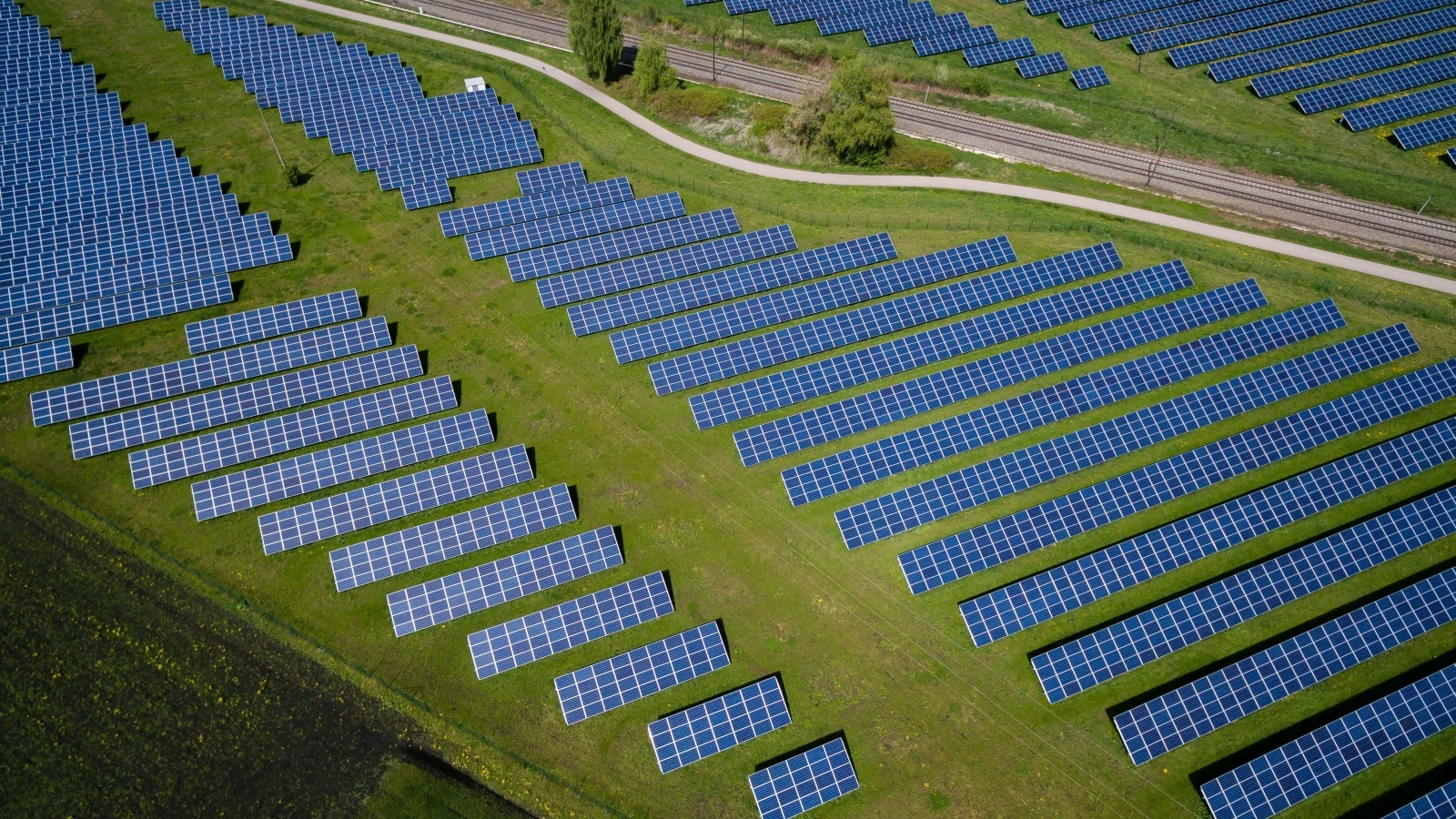
Report: IRA to hand investors $30 trillion in renewables opportunities
The new Inflation Reduction Act (IRA), a major net zero policy of U.S. President Joe Biden, is creating unprecedented investment opportunities in renewables for investors seeking to enter or expand into clean energy and low-carbon tech and infrastructure.
In fact, investors will be handed around $30 trillion in new opportunities, also stretching to wind and solar, according to a new report shared with Net Zero Investor.
However, the BNEF researchers did warn that, even though the IRA may help to set the U.S. economy on a path towards net zero, it will not be enough to hit any 2050 climate goals.
The IRA could help to bring down energy-related emissions by up to 40% before 2035 and around 55% fifteen years later, the BNEF report said, concluding that the measures do not go far enough to meet any Paris Agreement targets.
The stark warning in the report includes a call for additional mandates and regulation to "clean up" the power sector, as well as much stricter decarbonisation policies, which will lead to an array of new investment opportunities.
Investors
The report stressed that scaling up investments in wind and solar will be the most effective and cost-efficient way to decarbonise the world's largest economy, thereby creating billions in new investment opportunities.
“As cleaner power becomes key to decarbonizing everything else, the U.S. must address its love affair with gas,” said Tara Narayanan, BloombergNEF’s senior associate for US Power Markets.
“Carbon capture could be a solution to emissions from natural gas if the subsidies are extended rather than being phased out just when the technology starts to become competitive," she noted.
“The IRA is a multibillion-dollar down-payment on decarbonization, [and] it will stimulate trillions in investment to reach net zero."
Narayanan added that tax credits and direct subsidies "will certainly help", pointing out that tax credits for electric vehicles and carbon capture may lower emissions by up to 9% by 2050.




